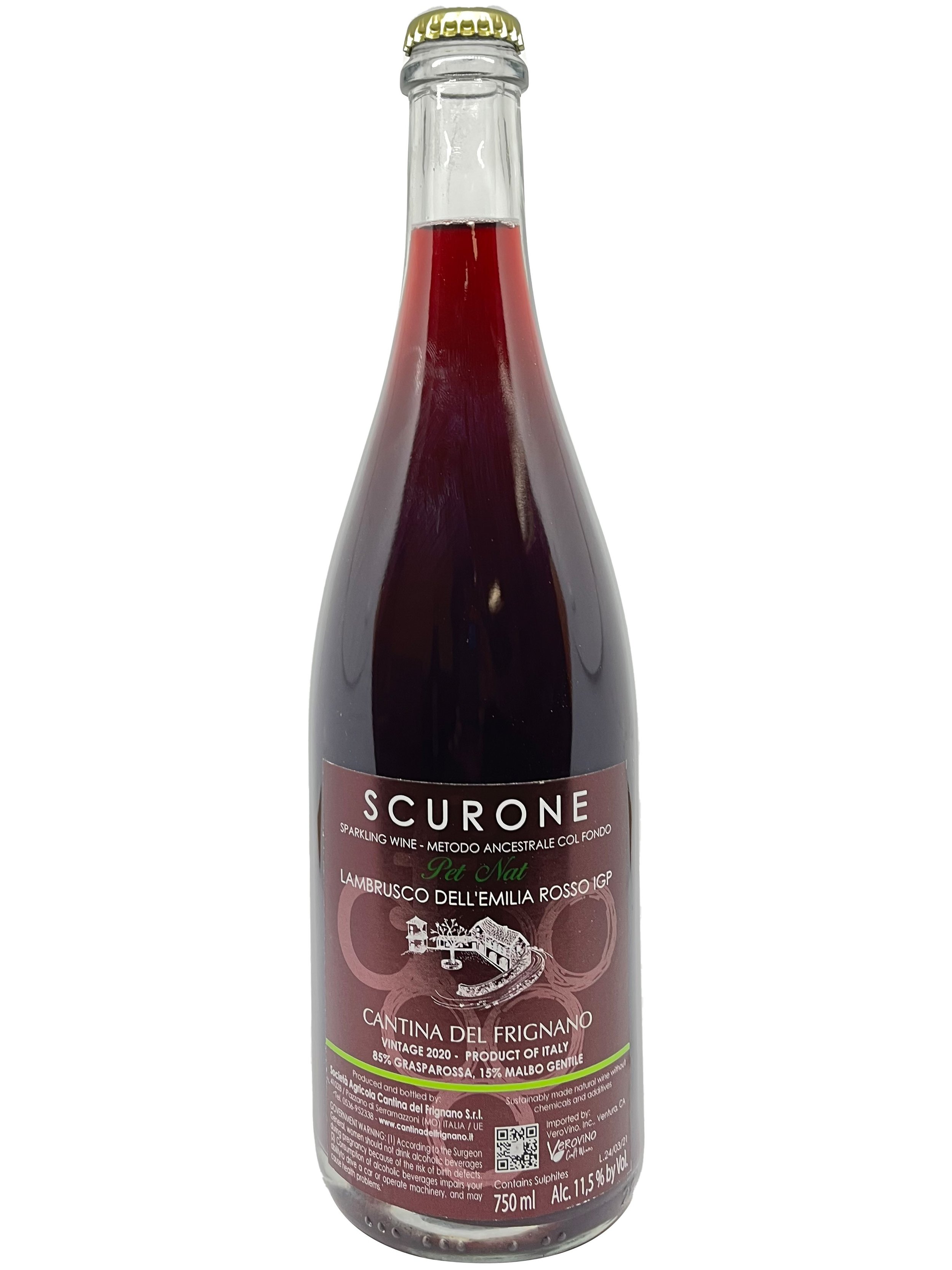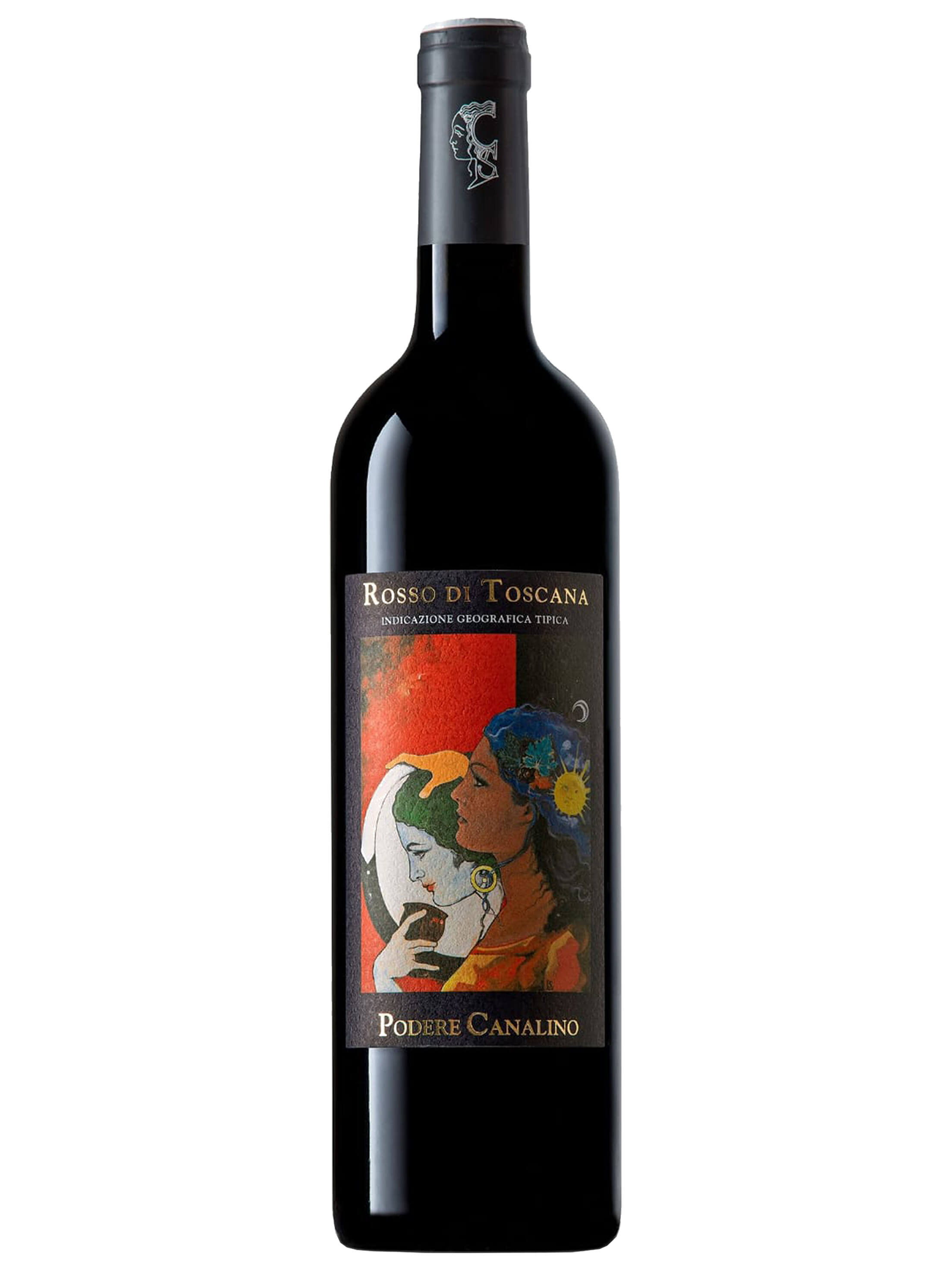A Woman Ruler Who Shaped Medieval Politics (& Wine too!)
Portrait of Matilde di Canossa. Courtesy of Wikimedia Commons
Who would think that in the 11th century a woman was controlling North-Central Italy?
Matilde di Canossa, or Matilde of Tuscany, was one of the most powerful women in the medieval era. A political figure, army commander and strategist, she took control of her life and held heavy political and religious influence in the day. We even may thank her for the growth and cultivation of one of our favorite wines… but more on that later. First, let’s delve into the amazing life and surviving legacy of the admirable Matilde di Canossa.
The Life of Matilde
Born in 1046 into the Canossa family of Tuscany, Italy, Matilde was the youngest of three children born to the storied and well-connected noble couple Boniface III, marquis of Tuscany, and countess Beatrice of Lotharingia. The Canossa Family was one of the wealthiest families of the time in splintered Italy; at the time, Italy was not a unified nation, but a patchwork of different states and princely dominions. The land owned by the Canossas at its peak stretched from what is now Verona and Lake Garda in Northern Italy well into Tuscany, past Florence, in Central Italy. Encompassing the region of Emilia Romagna and the town of Mantova, where Matilde may have been born, it was one of the largest single fiefdoms in medieval Italy.
Signature of Matilde di Canossa, inked in her old age, in the form of a cross. Courtesy of Wikimedia Commons.
With this wealth at her disposal, we can imagine Matilde passed a relatively well-to-do childhood, perhaps studying Latin, German and French… perhaps even literature and military strategy. This was helpful as she suddenly found herself the heir to her family lands at very young age after assassination of her father and the deaths of her older siblings. After her mother remarried to a French prince, Matilde and her mother were kidnapped and held hostage by Henry III. Eventually returned to France, Matilde was married to stepbrother Godfrey the Hunchback after her stepfather’s death, but it was an unhappy marriage of convenience. After a miscarriage, Matilde escaped to Italy to rule her inherited homelands. Despite repeated attempts to call for Matilde’s return to France by her estranged husband, and a refusal by the Pope to dissolve the union, Matilde resisted all orders and remained to rule her lands in Italy. She was only freed from the weight of the marriage by the assassination of Godfrey, which led to her inheritance of his lands in Northern France as well.
A devout Catholic and friend of the papacy, she received her most renown for her actions to help broker peace between Emperor Henry IV and Pope Gregory VII in 1077. Having been excommunicated by the Vatican, Henry IV asked for penance and return to the Catholic fold from Pope Gregory VII, and this penance was to walk barefoot in the snow to Matilde’s castle in Canossa, whereby the waiting Pope absolved Henry. However, relations soon soured again between Henry and the church, and Matilde was instrumental to the papacy in the upcoming war. In fact, Matilde held back Henry IV during his repeated invasion attacks, including the famous Siege and Battle of Sorbara (and thus influenced the fame of Lambrusco). A staunch friend and supporter of the Vatican and Pope Gregory, even when not actively fighting, she would send troops and money to be used at the Vatican’s disposal. Before her death, she founded multiple churches, monasteries, nunneries and gifted much of the wealth of the Canossa family to the catholic church. Matilde died in 1115 from an unidentified illness, and was buried in her beloved Benedictine monastery in San Benedetto Po (where winery Bugno Martino is located!). Inside the majestic basilica, rebuilt in the 1500s by Raphael’s leading pupil Giulio Romano, one can still see the tomb where she was interred. In the 1600s, her remains were moved to St. Peter’s Basilica in the Vatican, and she remains one of only six women to ever be interred in the famous basilica. In fact, her tombstone in the basilica was designed by the famous Bernini himself. “Matilde was an extraordinary woman for her time,” says Molly Bourne, an art historian who specializes in the history of Mantua. “Whenever I take students to visit San Benedetto, or Saint Peter’s in Rome, I make sure to tell them about Matilde, since her life is still so inspirational today.”
Matilde’s Legacy in Italy
The Torre di Matilde in San Miniato, Tuscany as seen from the ancient vineyards of winery Torre Matilde.
Matilde’s influence and legacy live on throughout her homelands in Italy. Sprinkled throughout the North-Central region of Italy where she once ruled are not only churches and monasteries founded by Matilde, but also castles in which she once walked the halls and towers named in her honor. Most famous of these are the Castle of Canossa (her ancestral home just north of Reggio Emilia) that has unfortunately fallen into ruin. However, the castle and her home in Bianello (just a hop skip and jump east of Canossa) is nearly perfectly preserved and now a museum. The town of Mantova where she passed considerable time has honored her by naming a central meeting point ‘Piazza Matilde di Canossa’. Towers such as the Torre Matildiche in Sorbara evoke memories of her great deeds, such as her strategic victory in battle. And there are also many landmarks named for her in the areas in which she once ruled, including the panoramically situated Torre di Matilde in San Miniato, Tuscany (where Torre Matilde wine producer is). In fact, this life of Matilde and this particular tower influenced the winemakers taming the ancient vines in the area (some from 700 CE, that would mean Matilde herself might have walked amongst the foliage) to name their winery Torre Matilde in her honor.
Matilde and Wine
Label for Rosso Matilde, made by Raffaella Merlin of Bugno Martino, inspired by her personal hero Matilde di Canossa.
Aside from her famous political and historical contributions, Matilde is also the woman we can thank for all that delicious Lambrusco we love to sip on (and Italians too, it is the number one sold wine in Italy). One of the few truly native grapes to Italy, the Lambrusco plant was a wild vine, found spontaneously in the Po River Valley in Northern Italy. Used some in antiquity (such as by the Romans), the Lambrusco vines and vineyards as we know them were largely brought into being by none other than Matilde di Canossa. As Raffaella Merlin of Bugno Martino recounts in a VeroTalk held in December, “The first wine we produced was dedicated to Matilde di Canossa, a Lambrusco. We must thank her for Lambrusco, because it was she that told the monks in the monastery that the Lambrusco plant was interesting, even though it was completely wild at the time. She told the friar ‘Why do you not cultivate this vine for wine?’ She had the great idea to start harvesting and farming the Lambrusco vines.” Bugno Martino even designed their label for the Rosso Matilde inspired by the signature of Matilde. Additionally, to honor her historical love of Lambrusco, the chamber of commerce in Reggio Emilia in Central Italy holds a blind-tasting to select the best Lambruscos, appropriately titled ‘Concorso Matilde’, or The Matilde Awards.
Matilde is also famous in the Lambrusco world for her legendary victory at the Battle of Sorbara in 1084, all with the cunning use of good wine. The enemy soldiers of Henry IV had besieged the Tower of Sorbara, holding the city and fort in unshakable positions. Clever Matilde decided to trust in the insatiable Lambrusco wine to help break this siege and had her men discreetly deliver barrels of wine and carts of food to the enemy soldiers. Waiting until after nightfall when Henry IV’s soldiers had thoroughly enjoyed the wine and food, Matilde, some say dressed in armor and riding astride a horse, sent her men in to attack the inebriated enemy soldiers. Easily overcoming the drunken soldiers, it was a resounding victory for Matilde, and portrays her as a strong, smart, and resourceful woman.
Raise a Glass to Matilde di Canossa
This March, let’s raise a glass to the women who are working tirelessly to shape the world around them, and to the women who built history and the foundation on which we stand. Women like Matilde di Canossa, who refused to be ordered around, who insisted on ruling her lands, fighting her own battles, and standing for what and whom she believed in.
Salute the strong women in history, and in your life around you with a wine created by a strong woman, inspired by one of Italy’s strongest women with a glass of bubbly Lambrusco, Rosso Matilde! Or sip on a Tuscan wine named after her from Torre Matilde, or an alternative Sangiovese from nearby in Montalcino Tuscany.
Get some wine inspired by Matilde di Canossa, and let’s toast to this historical heroine!






